5 ways to easily optimize your home storage to avoid costly duplications and future-proof your home from clutter
Save money, time, and stress with these storage essentials


Have you ever brought something home, gone to put it away, and found an exact copy of it already in your home storage?
If this is a regular occurrence in your home, it is a surefire sign you need to optimize your home storage to avoid duplicates, helping you save time, money, and stress in the long run.
To help you iron out the kinks in your home storage ideas, we spoke to expert home organizers for their best tricks on avoiding duplication.
How to use your home storage to avoid duplications
1. Create zones
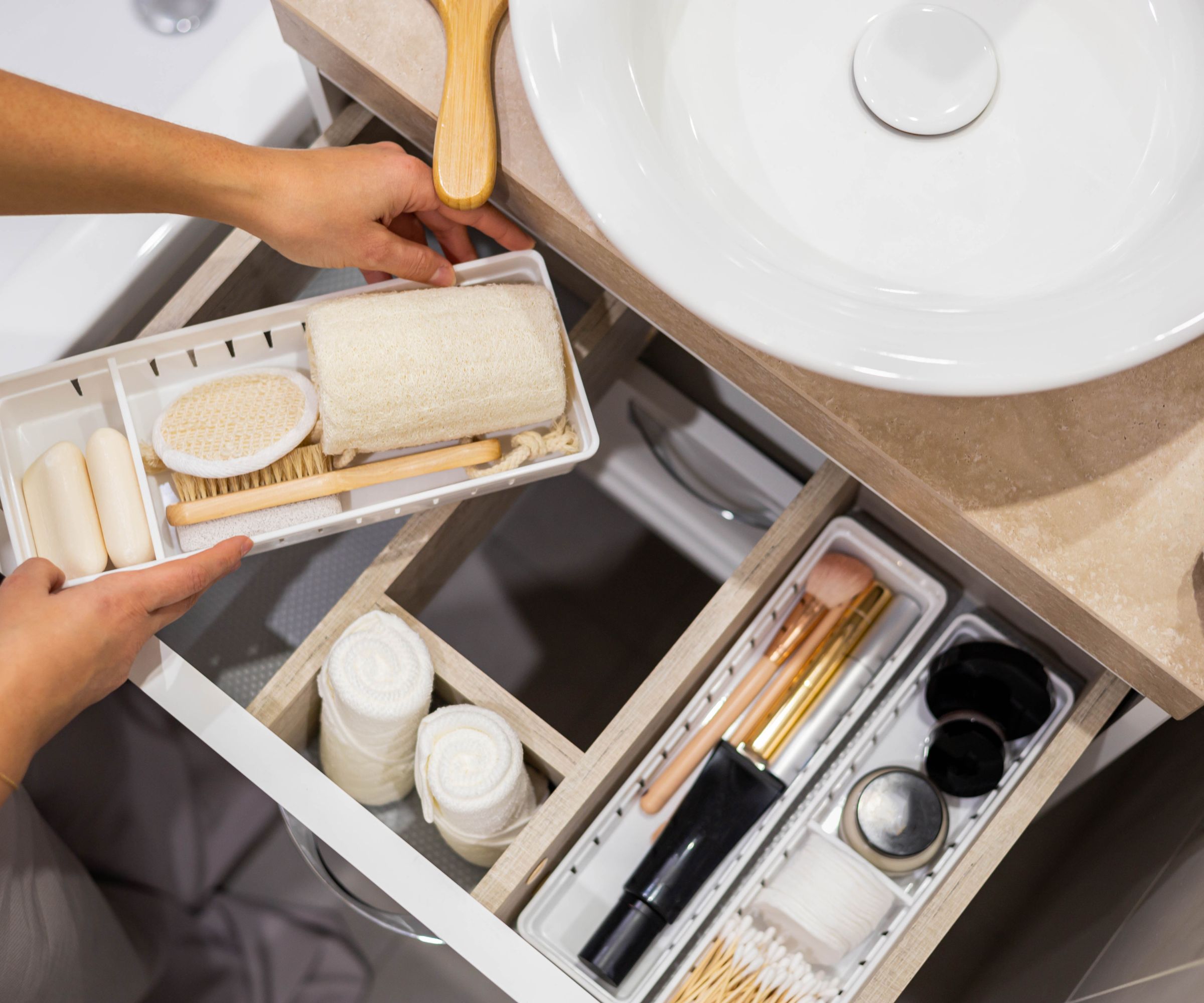
Creating zones within drawers helps to prevent overflow, and allows you to see everything in a glance, preventing duplicates.
One of the most common organizing mistakes everyone makes is forgetting about zoning. Within each designated storage area, you should have several other ‘areas’ for each category of item, keeping like with like to make finding the correct item a breeze.
Angelia York, the VP at Saint Louis Closet Co. explains, ‘Every categorized item should have a specific zone. Whether it’s jeans, handbags, or toiletries, you should know exactly where something belongs. It’s much easier to keep track of what you already own and avoid overbuying.’ Using adjustable storage dividers, from Walmart, can make this division clear in busy storage spots such as closets and kitchen drawers.
‘Adding to that, having a natural inventory system is very nice to include in your home. This can be achieved with custom features such as cubbies and drawers. For example, if you’ve designated six cubbies for sneakers and they’re all full, it’s an automatic visual cue that it might be time to reassess before adding another pair.’
This approach is also known as the boundary method and is perfect to help stop clutter before it starts and adequately maximize storage.
Design expertise in your inbox – from inspiring decorating ideas and beautiful celebrity homes to practical gardening advice and shopping round-ups.
2. Use clear bins
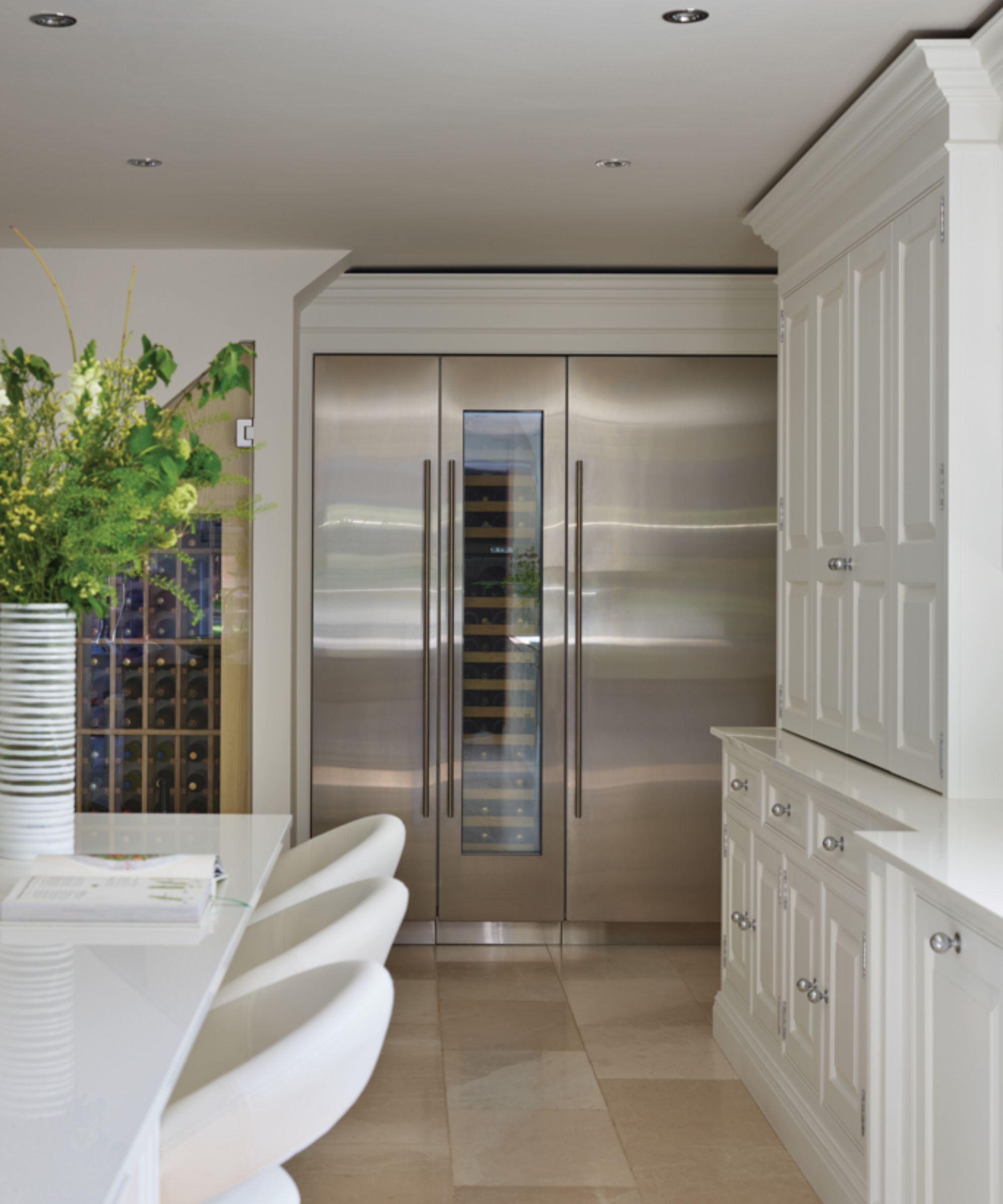
Small clear bins are especially useful in deep storage areas such as in fridges and pantries.
It might seem like a simple enough concept, but it is vital that you use storage baskets correctly. In some cases, that might mean skipping baskets altogether and opting for clear storage bins instead to prevent out-of-sight clutter from accumulating and leading to duplicates.
Justin Hammond, owner of Let’s Get Moving, says, ‘Out of sight is often out of mind. That’s why clear storage bins are a staple among professional organizers and move managers across the NASMM [National Association of Senior and Specialty Move Managers] network.
'Transparent containers allow you to quickly scan contents without having to dig through multiple boxes or open every lid.’ The Container Store has a range of Heavy-Duty Stacking Clear Totes, available in three sizes, to make the most of your larger storage areas, such as your attic storage ideas or organizing a garage.
Jusin adds, ‘As a bonus, they make inventory management easier when preparing for a move or downsizing project. Group like items together and stack bins to maximize vertical storage to save space.’
These smaller clear bins with lids, from Walmart, are perfect for making the most of tall shelves and deep drawers.
3. Give everything a home – and revisit often
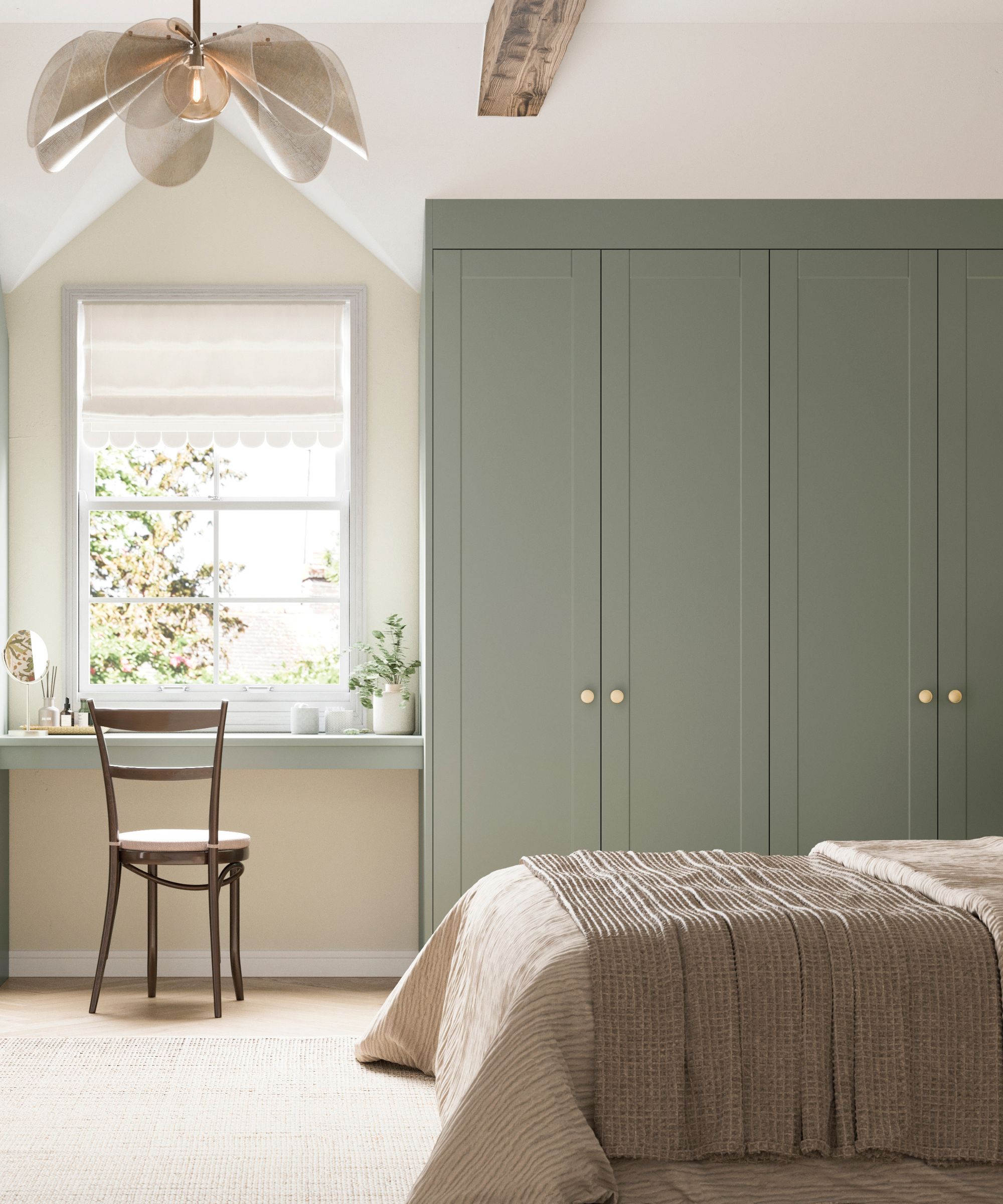
Assigning every item a home close to where it is used means you are more likely to put it away to prevent clutter.
Giving items a designated home near where they are most used is an essential step to organizing any space.
Justin continues, ‘Clutter often piles up when items don’t have a designated place. Assigning “homes” to every item ensures that everyone in the household knows where things belong. But here’s the next-level tip from NASMM move managers: schedule regular decluttering check-ins – monthly or seasonally – to reassess what you’re actually using and what can go.’
This is a great trick to prevent duplicates, as you are constantly refreshing your mind of our inventory, so nothing is lost or forgotten about.
4. Make storage accessible
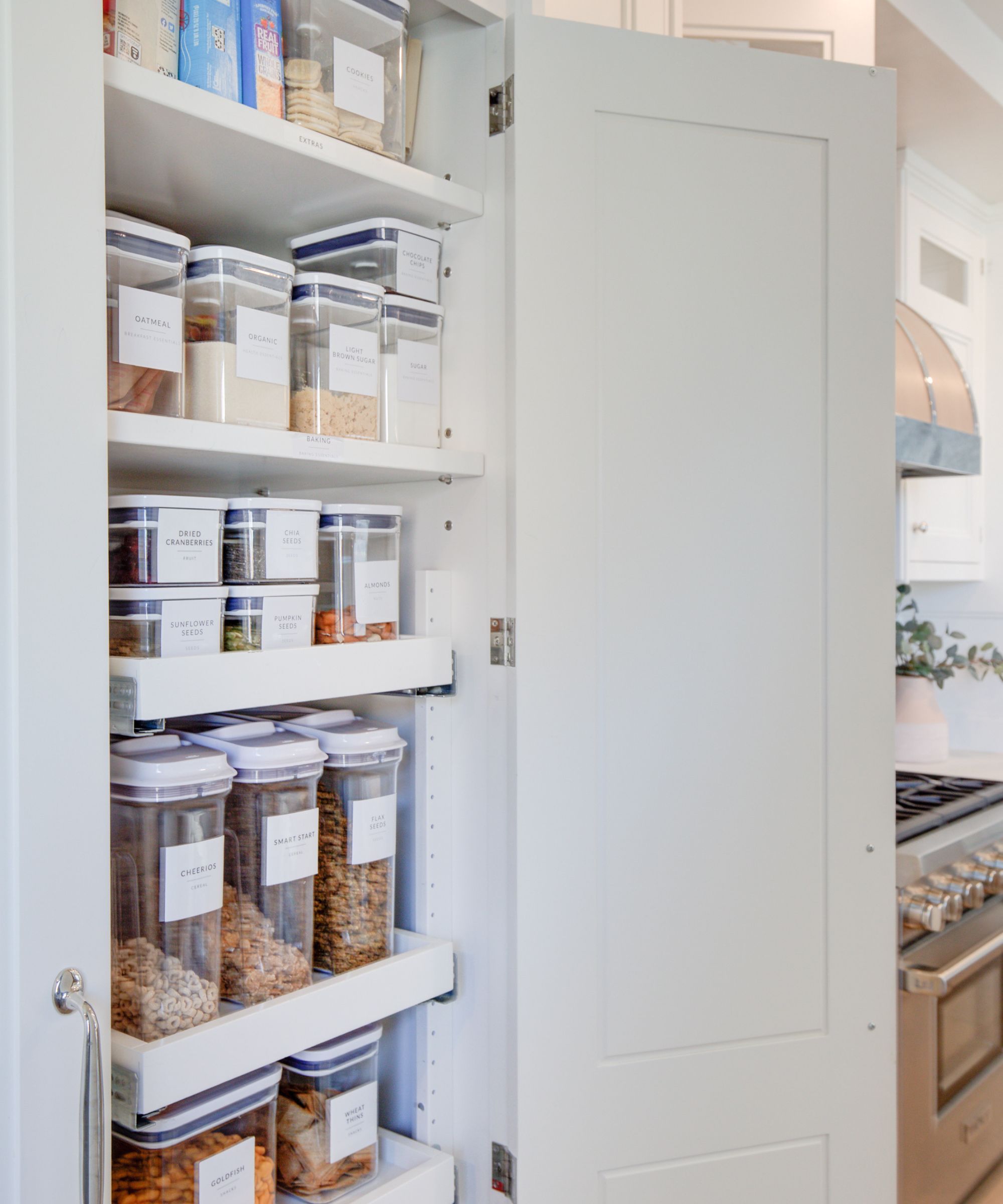
Pull out storage is more easily accessible, helping to prevent duplicates by minimizing hidden corners for items to be lost in.
Accessible storage that is easy to navigate is one of the storage products professional organizers can’t live without – be it store-bought or custom. They make it simple to store items and find them easily, helping to prevent duplicates.
Angelia says, ‘Look for helpful solutions and additions to custom closets and organizational systems, like adjustable shelving, pull-out baskets and bins, divided drawers, pull-out telescoping rods, and drawer organizers.’
The same principles apply to organizing a kitchen or organizing a bathroom, too
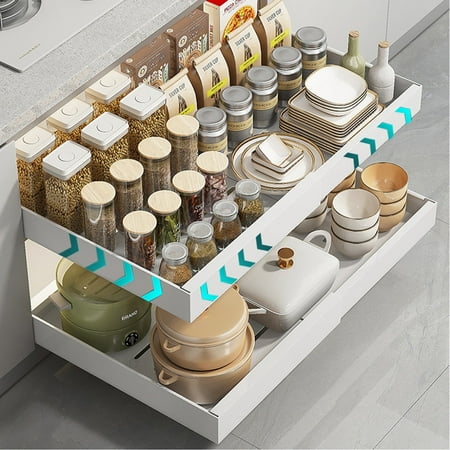
These pull out drawers are adjustable, helping them fit in most cabinets in your home. They are also designed with quality carbon steel, meaning they are sturdy enough to help organize larger items such as pots and pans in kitchens with ease.

This three-tier adjustable shelf riser is perfect for making better use of cabinets and tall shelving, taking advantage of vertical space to keep items visible but out of the way.
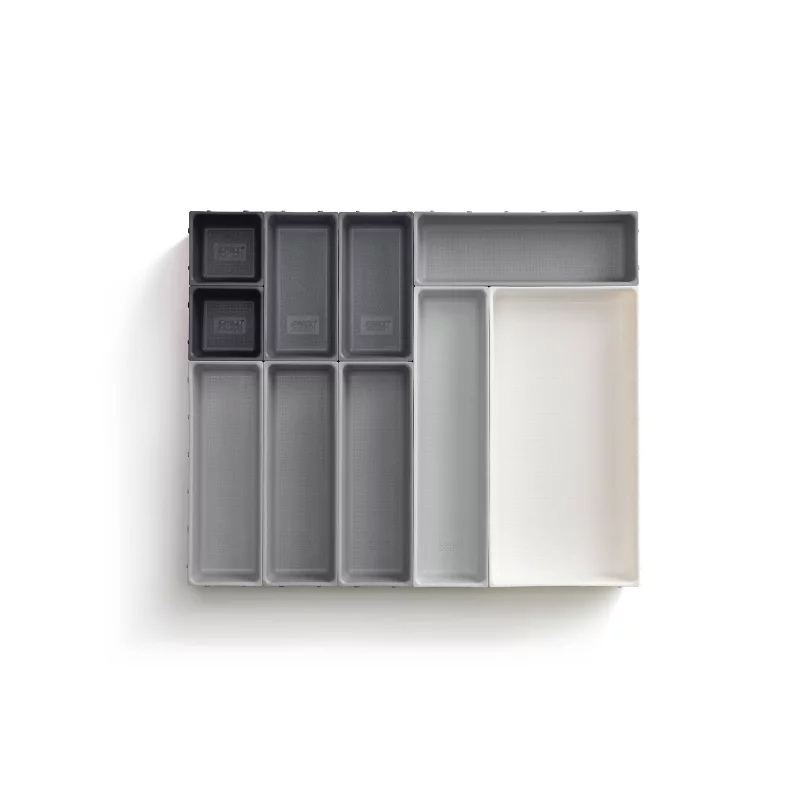
These expandable drawer organizer inserts can be clipped together in any arrangement, helping you customize the dividers to any drawer in your home.
5. Label, label, label
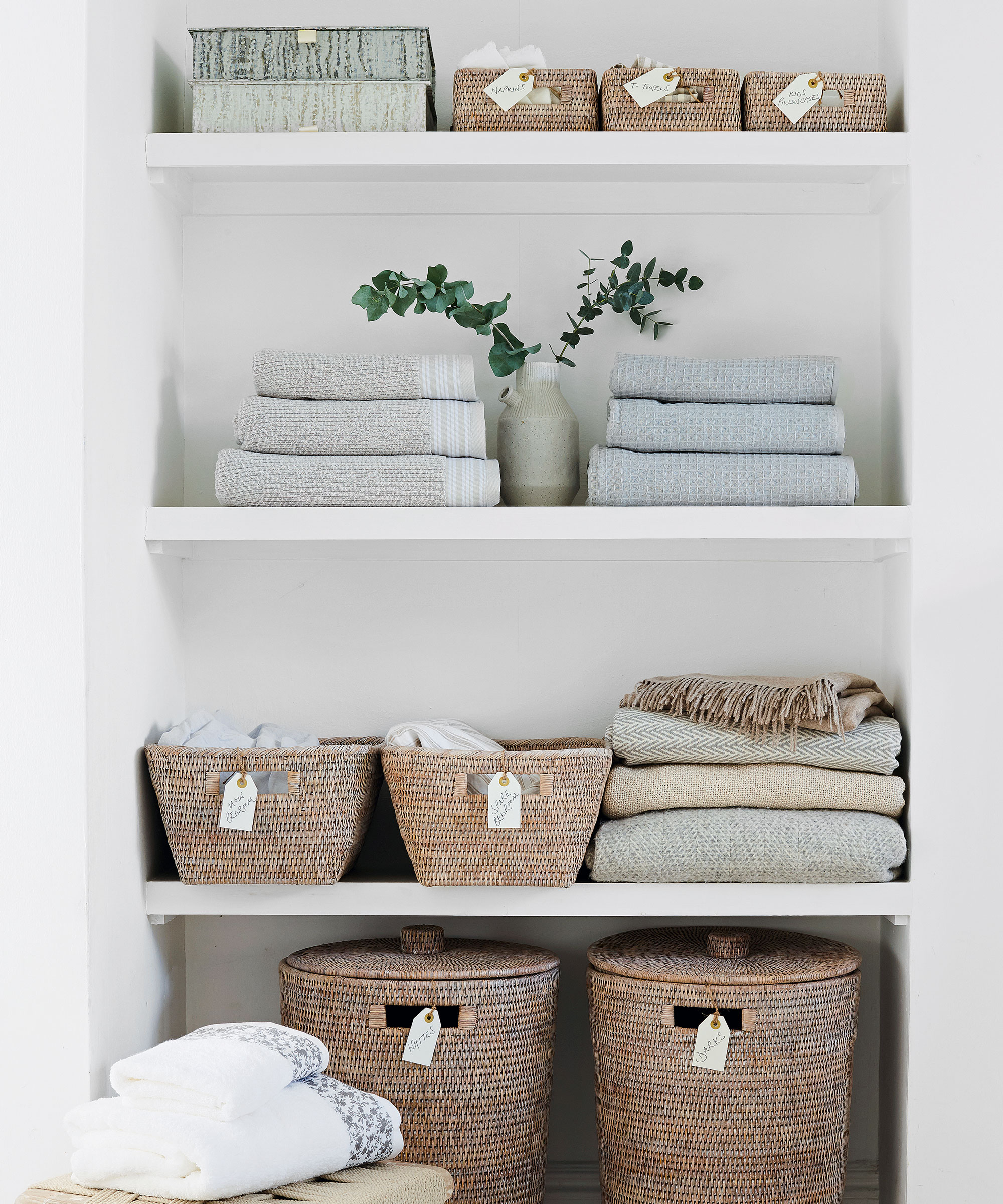
Labelling closed storage can make it easier to check inventory, minimizing the risk of duplicates.
One tool professional organizers can’t do their jobs without is a label maker, such as the Dymo LetraTag Handheld Label Maker, from Walmart. They are key to optimizing storage and preventing duplicates or lost items.
Justin concludes, ‘Label everything, even the obvious. This is a golden rule among NASMM move managers. When everything is labeled clearly – especially in storage areas like garages, attics, or closets – your space instantly becomes more intuitive. Whether it's a bin of seasonal decor or a drawer of charging cords, clear labeling cuts down on decision fatigue and saves time in the long run.
‘Pro Tip: Use a label maker or pre-printed labels with large, legible fonts. If you're using opaque containers, make the label specific. For example, "Holiday Lights: Outdoor" beats just “Christmas.”’
Fancy something simpler? Opt for plain sticky labels from Walmart and a permanent marker, such as Sharpies, also from Walmart.
Meet the experts

Angelia has dedicated over 30 years to transforming and organizing homes. She specializes in helping clients best utilize their storage through stylish, tailor-made solutions. In addition to working directly with homeowners, Angelia partners closely with builders to design custom storage systems that enhance the functionality of new homes and add long-term value.

Justin is the owner and main operator of Let's Get Moving, a professional senior moving company specializing in move management and downsizing. They are accredited by NASMM and will celebrate 20 years in business Spring 2025.
Be careful when adding more and more layers to your home organizing systems. There are some signs that your home is already organized enough that you should be aware of to avoid over-organizing your home and making life more difficult again.

Chiana has been at Homes & Gardens for two years and is our resident 'queen' of non-toxic living. She spends most of her time producing content for the Solved section of the website, helping readers get the most out of their homes through clever decluttering, cleaning, and tidying tips. She was named one of Fixr's top home improvement journalists in 2024.